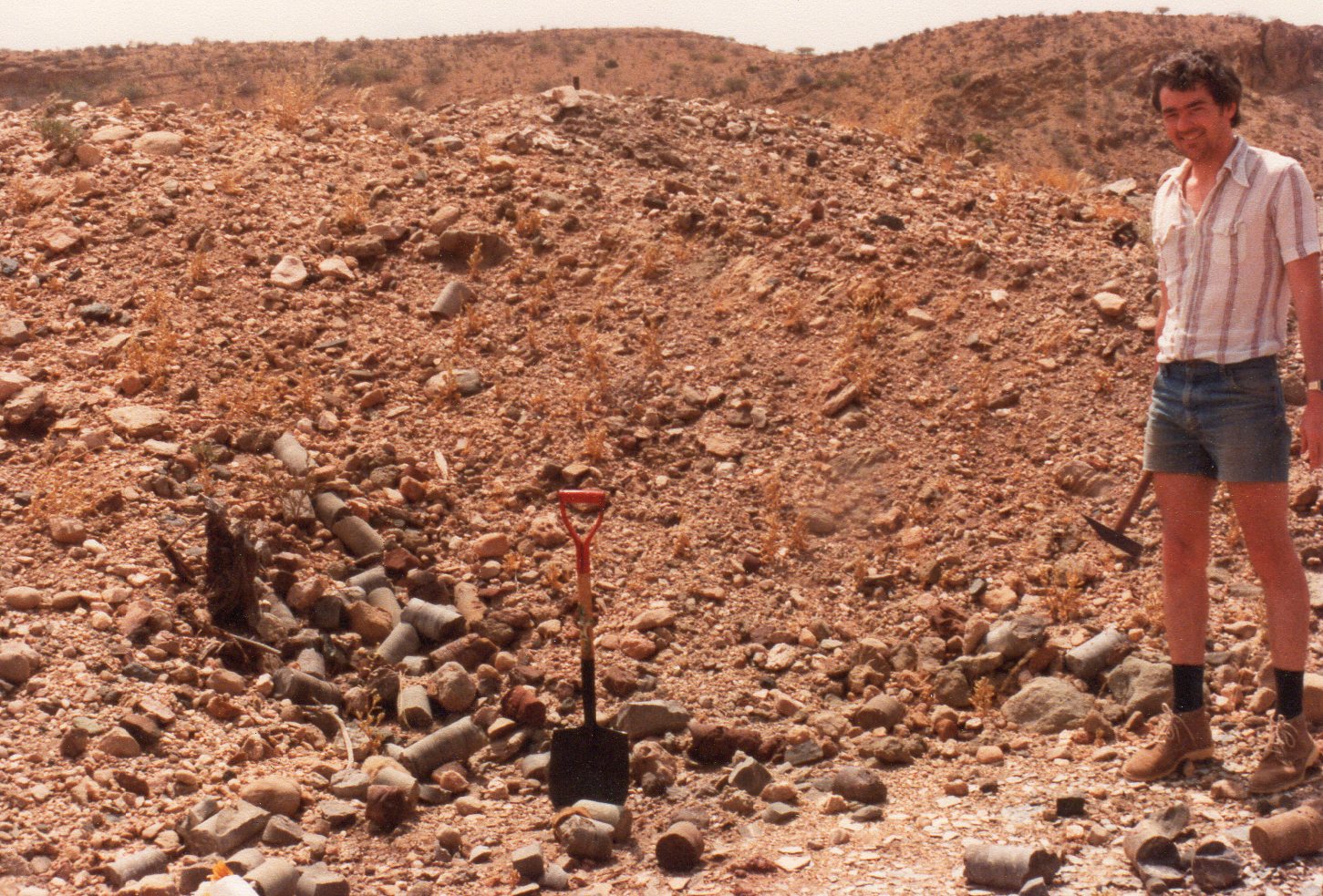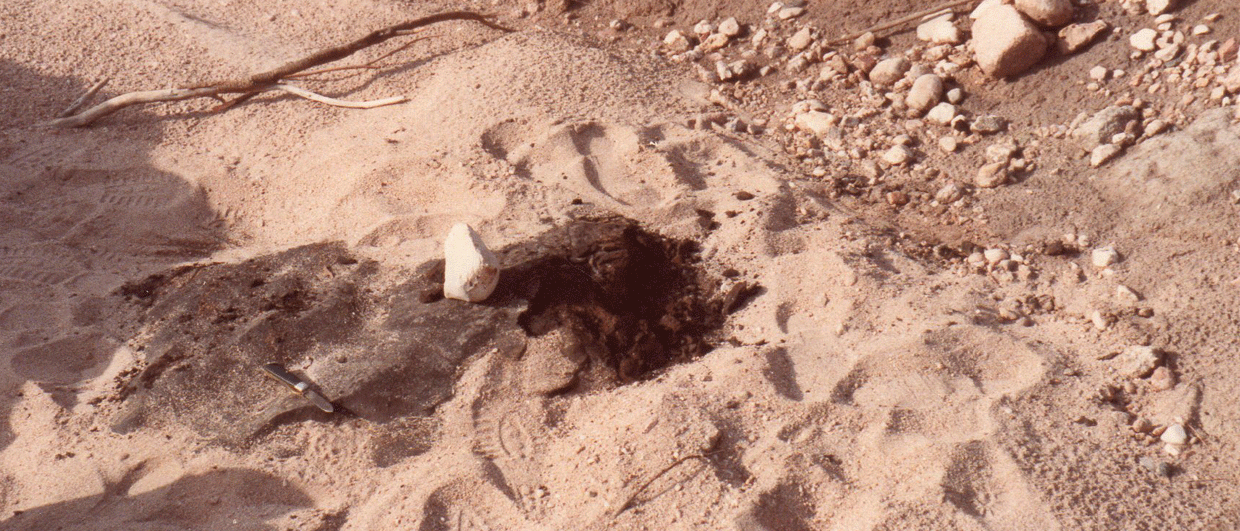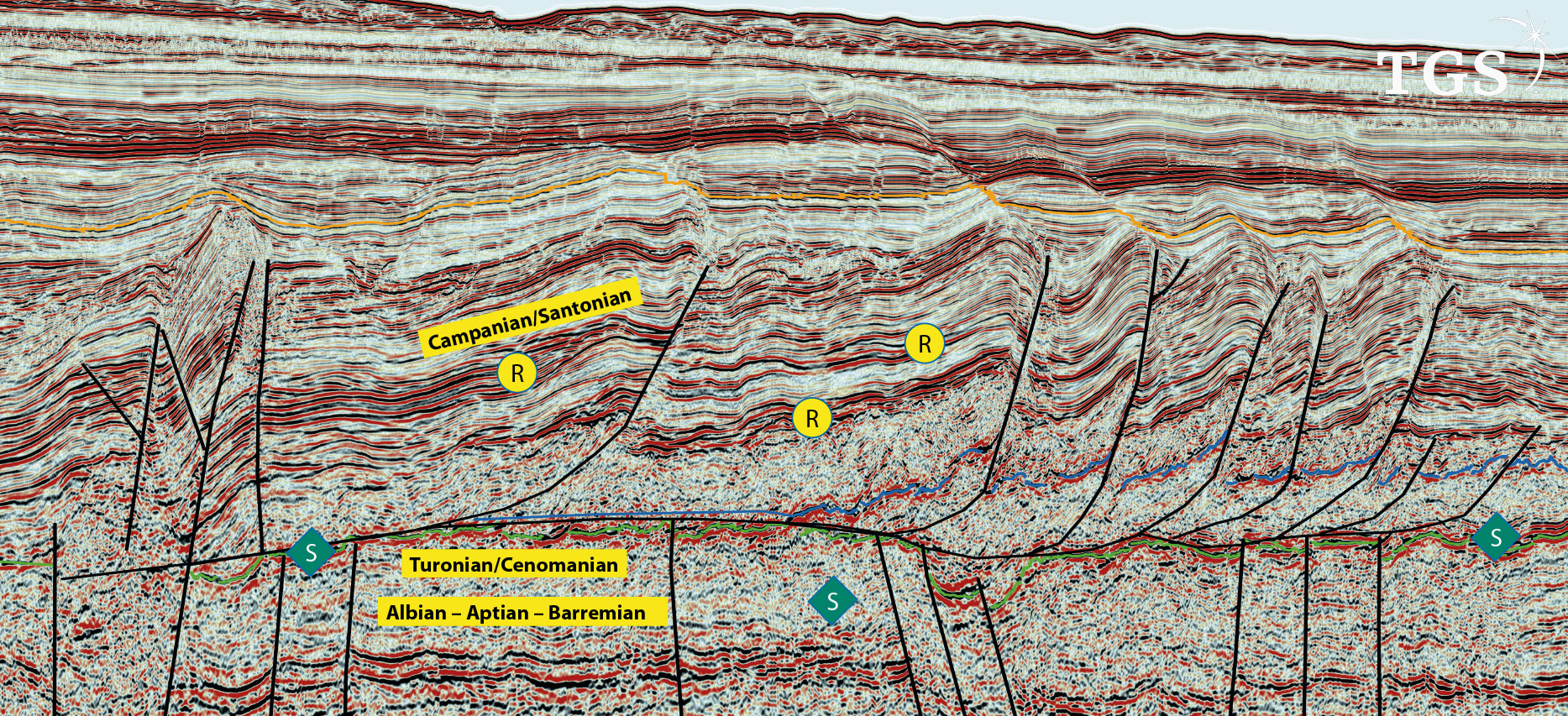“Having worked on the first-ever offshore seismic survey in South Yemen in 1976, and seen the results of the first offshore well drilled in Yemeni waters, south of Socotra Island, I thought there must be a failed rift succession on the southern side of the Gulf of Aden in Somalia” wrote geologist Graham Heard in a recent email to us. It resulted in a few intriguing visits to the country, including a search for old well data.
Graham’s employer at the time, Quintana Petroleum, was supportive of his ideas and allowed him to travel to Mogadishu to discuss obtaining an exploration concession. It worked, and the company was soon awarded a 10 million-acre licence in the Guban Region in the north of the country.

The next step was to finance the acquisition of 2D seismic data, for which a partner was needed. Graham presented his play models to Ray Hunt of Hunt Oil, who liked the concept and the company farmed into the acreage to acquire 1,000 km of 2D seismic lines.
Besides the acquisition of seismic data, Graham was also aware that some wells had been drilled in the area in the past. Unable to find the locations initially, he later found a photo album at the Ministry of Mineral and Water Resource in Hargeisa that showed some leads. The album contained material of fieldwork done by hard rock geologist John Hunt for the British Protectorate of Somaliland in the 1940’s and 50’s, at the time when the wells were drilled. Graham thought it would be good to try and find John Hunt, then in his 70’s and retired. Fortunately, he was still listed as a fellow of the Geological Society of London, which allowed him to get Hunt’s address.
John Hunt, who was not related to Ray Hunt from Hunt Oil at all, told Graham of the person who assisted him with the fieldwork at the time and who lived in Hargeisa. He even remembered the house, and he suggested Graham find him on his next trip. He would know how to get to the well locations.
So, Graham travelled to Somalia again, where he found the house and the person John Hunt had described. They drove down the road that connects Hargeisa to Berbera and indeed found the dirt tracks to the well locations. At the location of the Daga Shabel-3 well, Graham also found something else. A pile of cores that were dumped right at the well site. He collected the cores, and with the help of the composite log, he was able to reconstruct how the various bits had to be put together. They even carried out geochemical and sedimentological analyses on the cores back in England.
However, despite all these efforts and data gathering, a new exploration well was never drilled on the Quintana-Hunt licence. Hunt struck oil on the opposite side of the rift in Yemen and ignored the Somalia licence for good.



